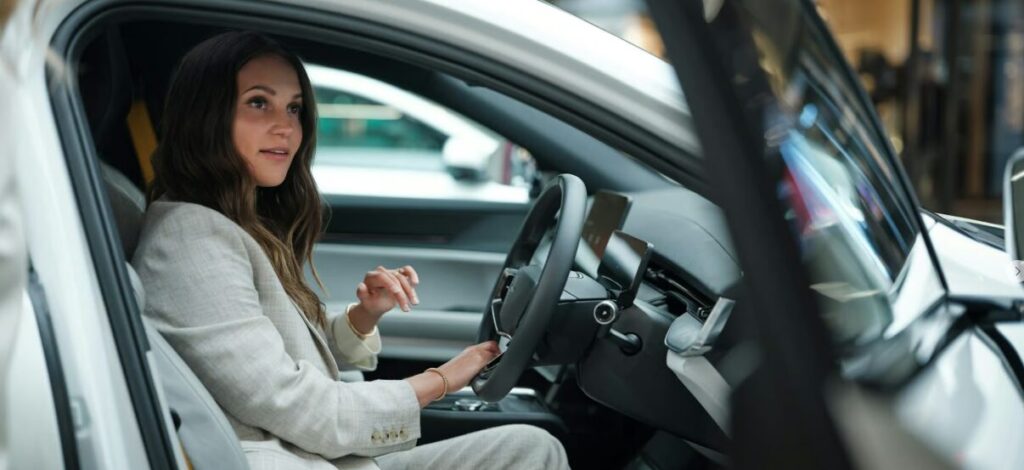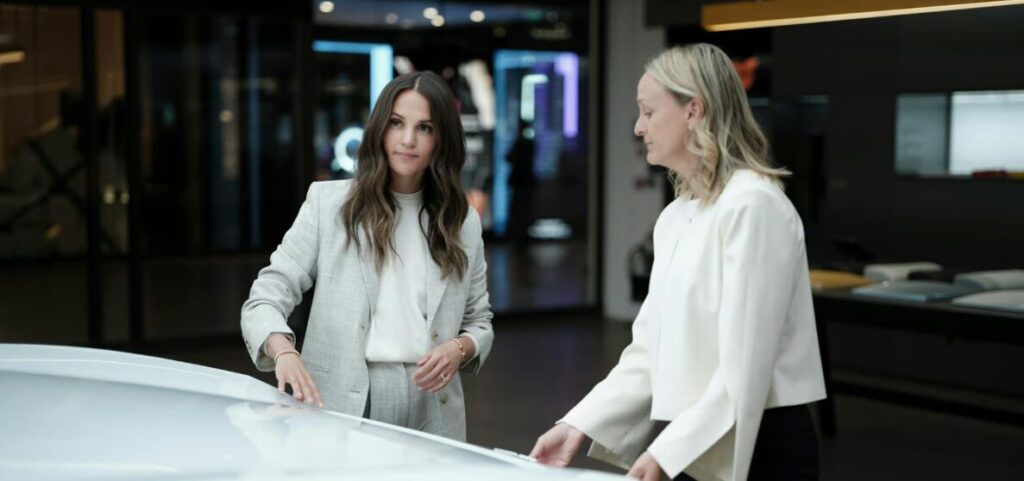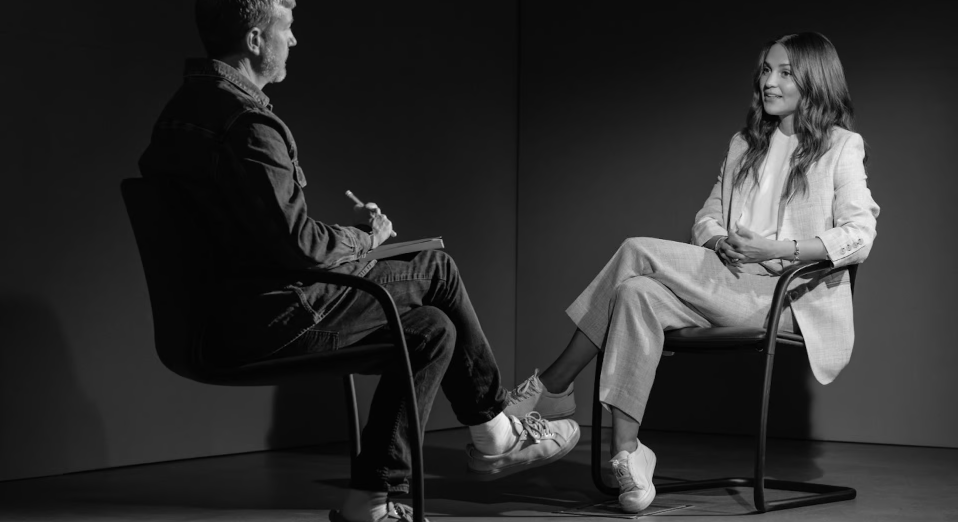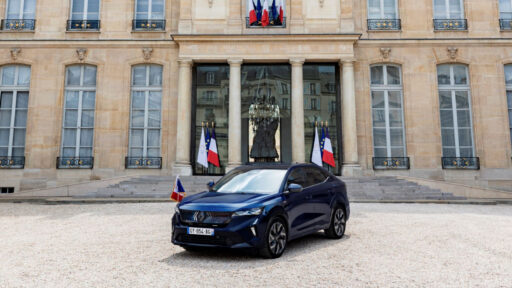Passion, care, and time are attributes that often define the creation of a luxury item, a work of art, or a performance. These same attributes also shape the approach of both Polestar and Alicia Vikander. We sat down with the Academy Award-winning actress to discuss minimalism, time, and the profound influence of interior design magazines on her life.
Both Polestar and you have roots in Gothenburg and a shared passion for design. How did your interest in design begin?
Reflecting on it now, I realize I didn’t consciously think about design as a child, but I loved building dollhouses and crafting furniture for them. Creating entire rooms from scratch was a clear early indicator of my passion. Now, it’s a significant hobby—I relish making a space my own and have embarked on numerous projects over the years to achieve that
.READ MORE: The Peninsula Classics Unveils Eight Finalists for 2023 Best of the Best Award

So, your focus was primarily on interior design?
Yes, while most girls my age were into fashion magazines, I bought them to fit in (laughs). In reality, my interest lay in architecture and interior design magazines. As I started traveling extensively for work, living out of hotel rooms without a permanent home or many belongings, I developed a mental space filled with ideas and dreams. These years of accumulated inspiration continue to influence my design projects today.
How would you define good design?
Good design embodies passion, care, and time. It stems from the luxury of not rushing decisions. As a Scandinavian, I naturally gravitate towards minimalism and a specific aesthetic. Minimalism isn’t about being dull; it’s about thoughtful selection of elements, allowing for bold choices in materials and combinations. It’s about ensuring each element has a purpose and attention to detail is paramount.

Luxury and minimalism seem interconnected. Do you see them as complementary?
Absolutely. Luxury in design, technology, and culture often pioneers by knowing the purpose behind every detail. This thoughtful approach, which avoids rushed decisions, is at the heart of luxury. The campaign film emphasizes time as a luxury, which resonates deeply with me.
Is there a cultural aspect to your interest in minimalism?
While Scandinavia is often synonymous with minimalism, it’s a global aesthetic. I draw inspiration from Japan and Korea as well. After a recent job in Asia, I found myself inspired by their design choices, seeing parallels with Swedish minimalism. Despite perceptions of Swedes as straightforward or cold, we reveal our true colors in meaningful conversations.

Do you encounter minimalism in your daily life outside Scandinavia?
Yes, I’ve led a minimalist lifestyle for many years, learning to live without excess. From a young age, my aspirations leaned towards acquiring unique pieces like antique furniture rather than fashion items. I adhere to the principle that if something new comes in, something old must go out, a rule not always appreciated by my three-year-old (laughs). Achieving a clutter-free space, where everything has a purpose, profoundly impacts one’s well-being.

Does this minimalist approach enhance the value of what you do own?
Definitely. It’s akin to having a walk-in closet where you can see everything clearly and make thoughtful choices. This clarity highlights what you truly need and value.
Our Polestar 3 campaign revolves around the idea of time as a luxury. How do you define luxury?
In an age of constant options, I strive to focus on what truly matters. Ignoring distractions like my phone and email allows me to dedicate quality time to my work and loved ones. Recognizing the need to prioritize and manage time effectively is essential for achieving balance.
How do you spend your time, considering this philosophy?
With two young children, my non-working hours are devoted to family. We love road trips, and the journey from Paris to Lisbon is a favorite. These trips emphasize the importance of not rushing and savoring moments, especially with young kids. Quality time, even in the car, is incredibly valuable.
Did you always have an interest in cars?
Family road trips are cherished memories, but my deeper appreciation for cars came later. Initially, my father’s interest and later my husband’s racing pursuits introduced me to the art of engineering. I now see the beauty in cars akin to filmmaking, art, and literature, thanks to passionate engineers sharing their craft with me.
What were your first impressions of Polestar 3?
The design immediately stood out, aligning with my interest. Learning it was a Swedish brand with a Scandinavian aesthetic was appealing. What excites me most is Polestar’s ambitious goals, like the Polestar 0 project. The commitment to challenging goals and striving for sustainability is admirable.
Why did you decide to collaborate with Polestar?
This collaboration aligns with my belief in forward-thinking and minimizing our environmental footprint. While achieving zero emissions in cars is challenging, Polestar’s direction and commitment to progress resonate with me. The combination of sustainability and Scandinavian heritage feels like a perfect match.
Can sustainability coexist with luxury?
It must. Luxury provides the means to invest in sustainable, reusable products. Thoughtful consumption is key to sustainability, which Polestar exemplifies through its technology and materials designed for longevity and reuse.
What are your thoughts on the finished campaign film?
The commercial beautifully showcases the car and exudes an approachable energy. Considering how much time people spend in their cars, it’s essential to make that time worthwhile.
You’ve been described as driven. What motivates you?
I strive to challenge myself and explore new areas beyond my comfort zone. The uncertainty of the future is exciting and essential for growth.
Do you think taking risks is vital for creativity?
Absolutely. While it can be daunting, the process of taking risks is rewarding. The final product reflects the effort and creativity invested, making the journey worthwhile.
READ MORE: Mika Häkkinen Revives McLaren Glory with Solus GT at Goodwood Festival of Speed
Subscribe today for the freshest car news delivered to your inbox




